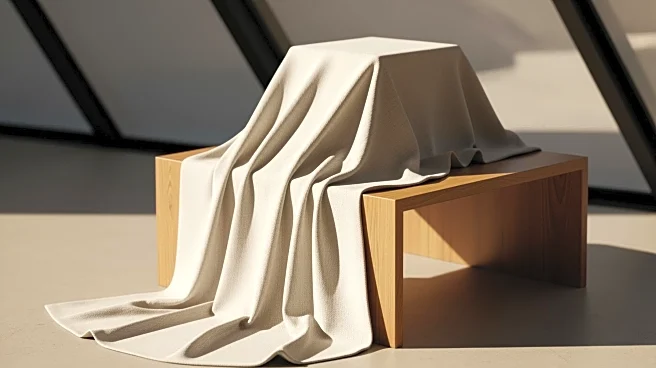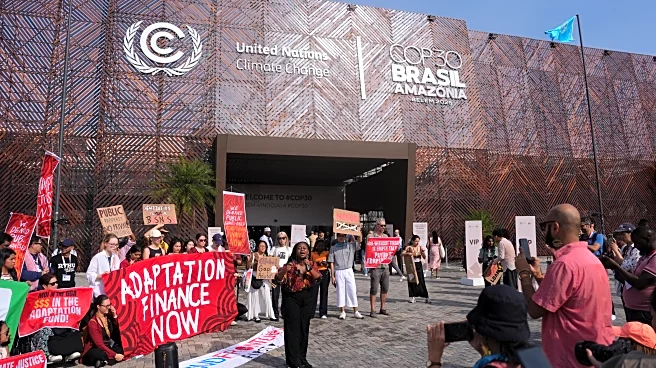What's Happening?
Dutch luxury brand Extreme Cashmere has inaugurated its first North American flagship store in the Soho district of New York City. This new store, located at 152 Mercer Street, follows the brand's initial
flagship opening in Amsterdam earlier this year. The New York store adapts the Amsterdam concept to a larger, partly subterranean space, featuring a luxurious apartment-style design. The interior includes handmade Korean ceramics, vintage furniture from Paris, sculptures by Sabine Marcelis, and design classics such as Egg Chairs. Founder Saskia Dijkstra emphasizes the store's design as a space for customers to slow down and interact with the brand and garments genuinely, encouraging thoughtful purchasing decisions.
Why It's Important?
The opening of Extreme Cashmere's flagship store in New York marks a significant milestone in the brand's global expansion strategy. By establishing a presence in a major fashion hub like New York, the brand aims to increase its visibility and attract a broader customer base in North America. This move could enhance the brand's competitive edge in the luxury fashion market, offering a unique retail experience that emphasizes quality and thoughtful consumer engagement. The store's design and concept reflect a growing trend in retail where brands focus on creating immersive and personalized shopping experiences to differentiate themselves.
What's Next?
Extreme Cashmere's expansion into New York may set the stage for further growth in other major cities across the United States and potentially other international markets. The brand's focus on creating a unique shopping experience could influence other luxury retailers to adopt similar strategies, emphasizing customer interaction and engagement. As the brand continues to expand, it may explore collaborations with local artists and designers to further integrate into the cultural fabric of its new locations.
Beyond the Headlines
The opening of Extreme Cashmere's flagship store in New York highlights the evolving landscape of luxury retail, where experiential shopping is becoming increasingly important. This trend reflects broader shifts in consumer behavior, with shoppers seeking more than just products—they desire meaningful interactions and experiences. The store's design, combining vintage and modern elements, also underscores a cultural appreciation for craftsmanship and artistry, which could influence future retail design trends.














